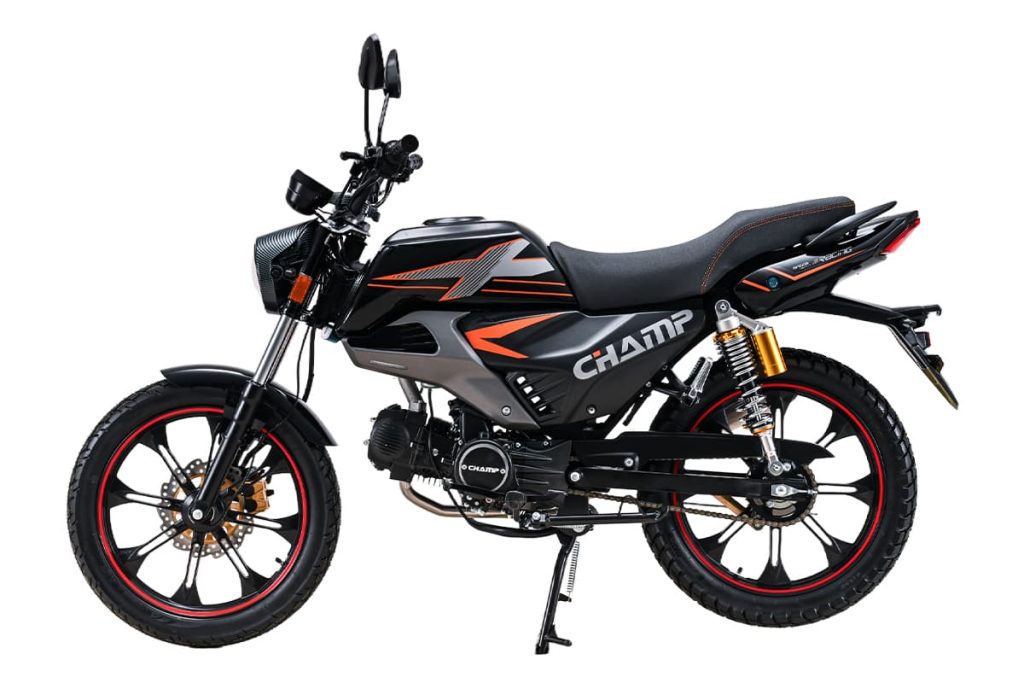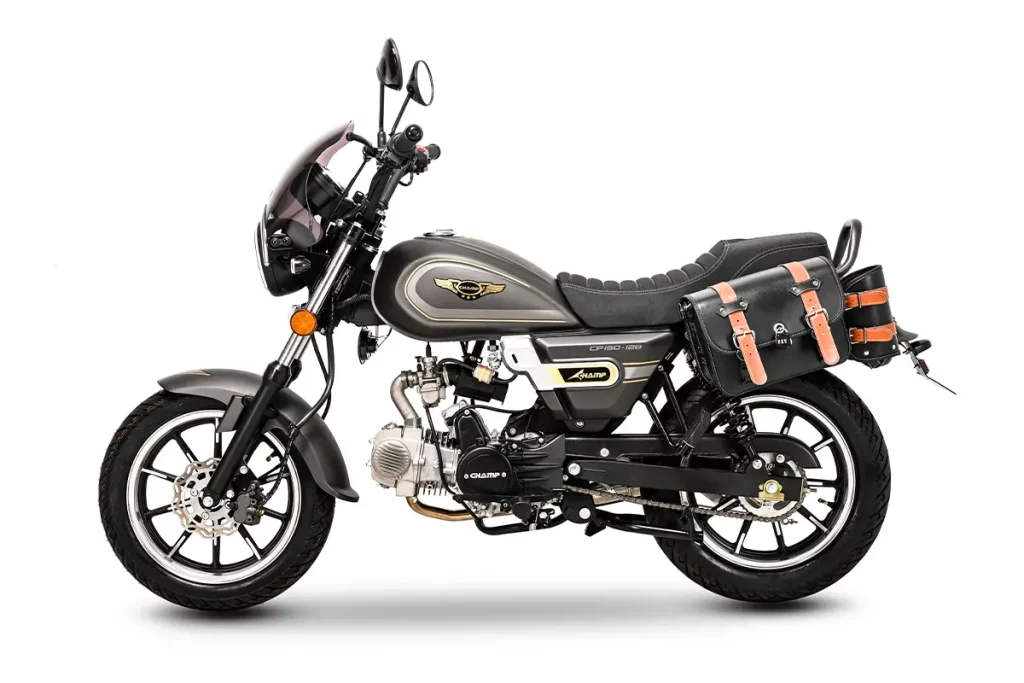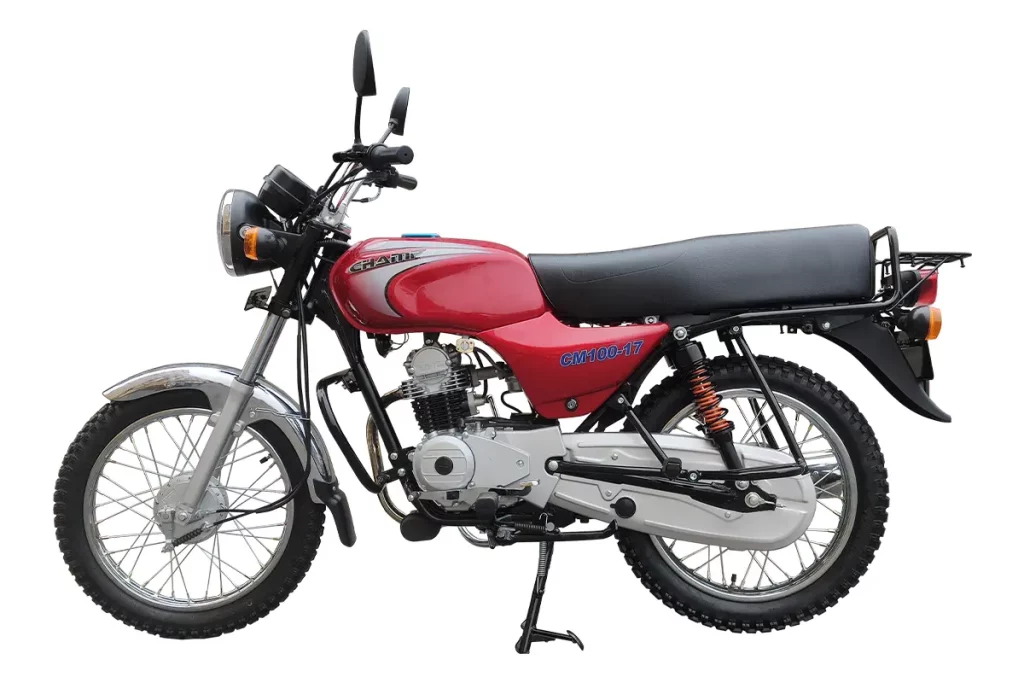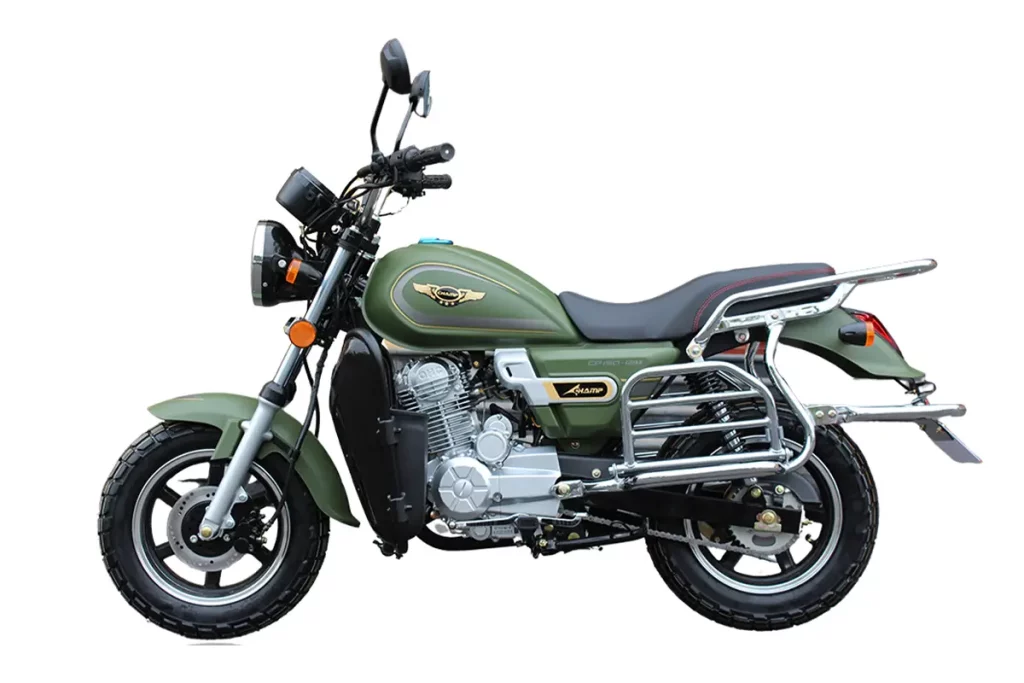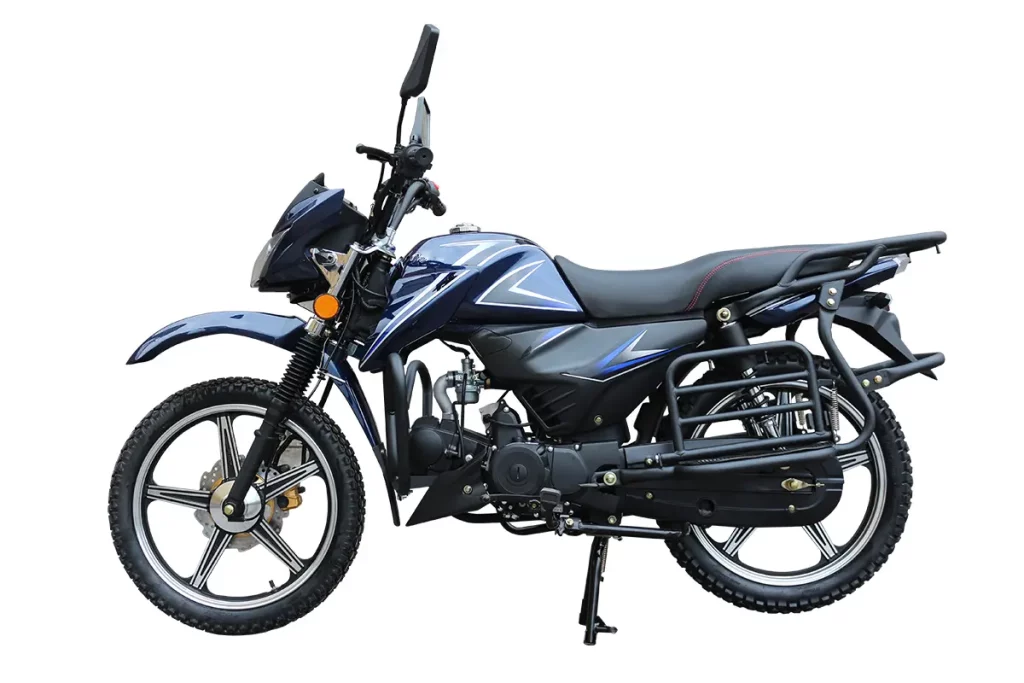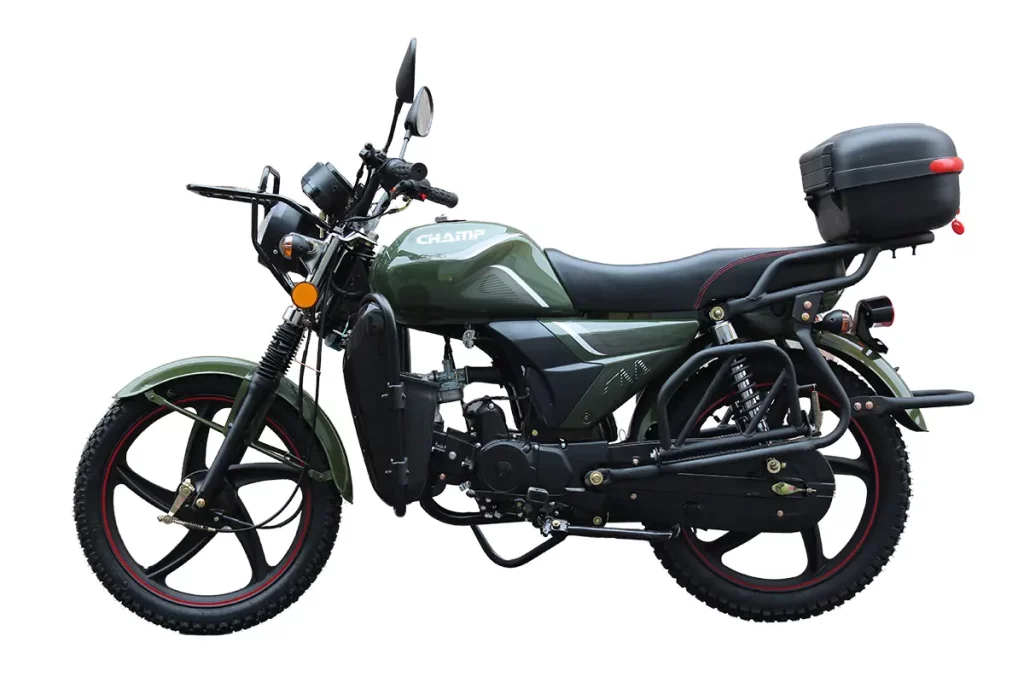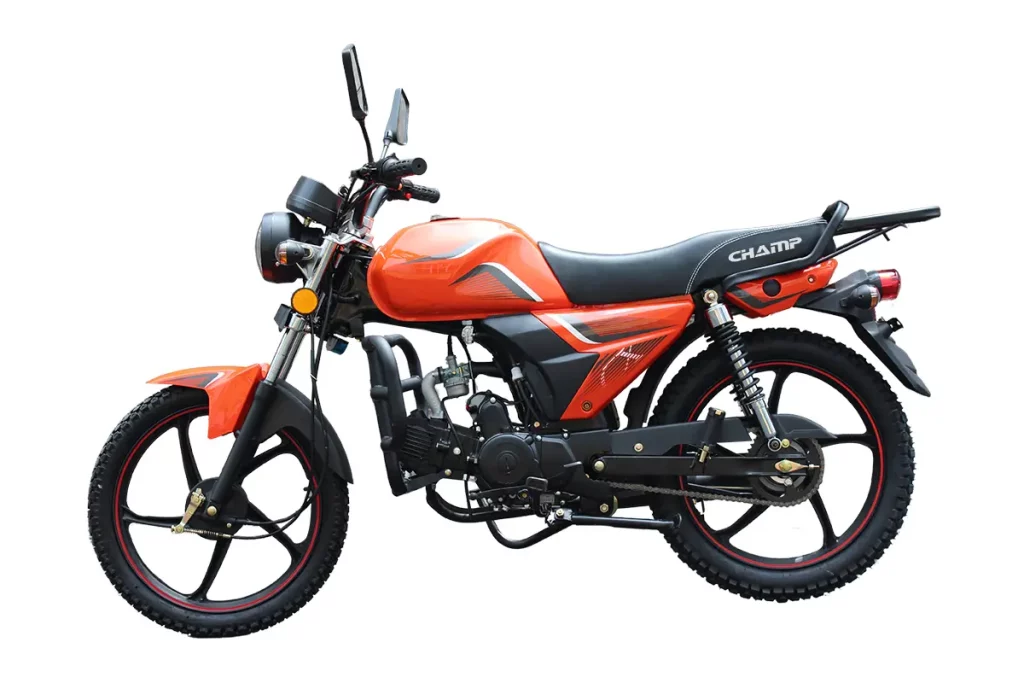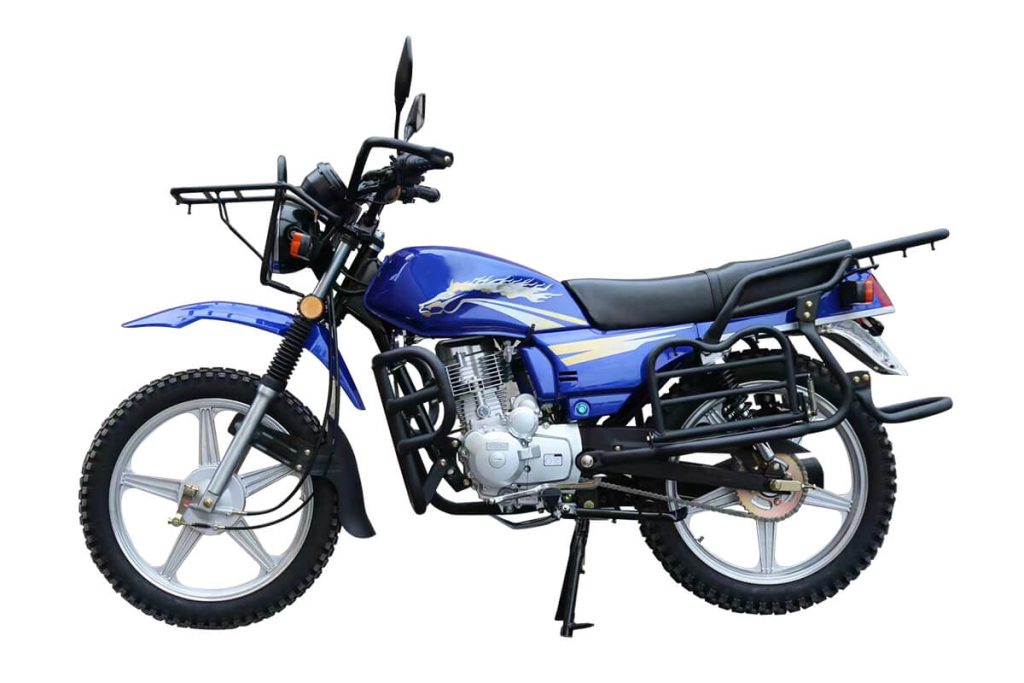How to Make Your Motorcycle More Fuel Efficient?
Fuel economy was the most-concerned issue for motorcyclists. With the rise in oil prices and the increasing environmental concern, fuel conservation is no longer an issue of being thrifty, but more of making the riding experience better, extending the service life of motorcycles, and encouraging green growth. Making a motorcycle more fuel efficient is a multifaceted effort that requires of us to listen and implement it in all its aspects, from the decision at the point of buying at the source, to all operational use during use, and to careful preservation of the state of the vehicle.

How to Improve Motorcycle Fuel Efficiency?
To increase your motorcycle’s fuel efficiency, consider a number of things, including choice of vehicle, usage, and state of the vehicle. When buying a motorcycle, choose small displacement, lighter vehicles, four-stroke engines, and underbody models. During use, eschew starting and driving habits like waiting for some time before starting from cold start, starting in a low gear and shifting rapidly, and not going for high speed. Additionally, inspect tire pressure, engine condition, and the condition of components like the carburetor and the air filter. Maintenance and inspection on a regular basis will see fuel efficiency achieved.
Buying Stage – Choosing a Fuel-Efficient Motorcycle
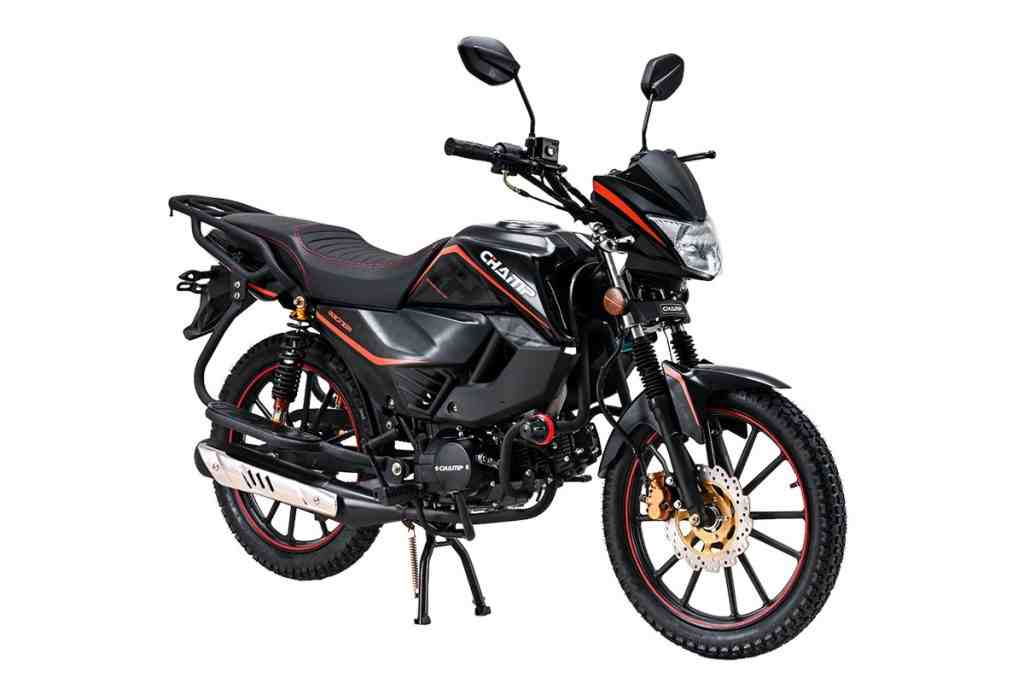
While purchasing a vehicle, we ought to completely consider how various elements are impacting gas consumption.
- Small-displacement motorcycles (125cc and below) : By and large, the smaller a motorcycle’s displacement is, the less fuel it will require for generating power, and naturally, it will be more fuel-efficient. Light motorcycles, on the other hand, encounter lesser resistance while traveling, and the engine does not need to consume much energy in order to propel the vehicle ahead, thereby conserving fuel.
- EFI models: EFI has more precise fuel delivery than carburetor motorcycles, thus more efficient combustion and fewer fuel consumed.
- Compared to two-stroke motorcycles, four-stroke motorcycles have more complete combustion of fuel and higher utilization of energy, thus also better fuel efficiency.
- Aerodynamic design: Streamlined motorcycles can reduce wind resistance, hence improving the range when traveling at high speeds. Beam cars with curves will likely be designed with a slender body structure and fairly low wind resistance, hence having a fuel usage advantage over driving scooters and motorcycles. They suit individuals who desire fuel efficiency best.
Brand examples:
- Honda Cub: It is the one of the most economical motorcycle ever produced and has been renowned for its dependability for decades.
- Yamaha 125cc: The perfect balance of performance and economy, it is everyone’s favorite for city riding. ·
- CHAMP Future Knight: A futuristic commuter motorcycle with contemporary styling blended with fuel economy.
The CHAMP Future Knight has a patented original factory design and has three displacements: 90cc, 110cc and 125cc. It has an enormous 14.8-liter fuel tank so long-distance cycling is very convenient and does not have to be refilled as frequently. It has a very-high-quality LCD speedometer, balancing function and modern trend.
Click here for more detailed parameter information on our model.
Riding Stage – Developing Fuel-Saving Habits
Upon entering the usage process stage, the initiation of the start-up operation is highly specific, and the operational details while riding are equally important. Even the most gasoline-efficient motorcycle may squander gasoline if not ridden carefully. It is absolutely essential to form good cycling patterns.

- Preheating before riding: After a cold start, let the engine sit for a minute or two before driving. This can help ensure proper oil flow in the engine and reduce fuel burned as a result of poor lubrication at cold temperatures.
- Change gears in a timely manner: Start in low gear, but change gears rapidly to keep the engine in the optimal range of speeds. Never let the engine run idling at high or low speed for more than a short period of time, as both will save fuel.
- Hold at constant speed: Traveling flat road at a speed of 40 to 70 kilometers per hour is generally the most economical speed for most motorbikes.
- Anticipate road surface: Preview the terrain and traffic conditions in advance to reduce unnecessary gear shifts. Choose the right gear before ascending a hill or on a rough road.
- Exercise judicious control over power: When descending or approaching traffic lights, lift foot off accelerator and let the motorcycle coast by inertia to save fuel.
- Smooth braking and acceleration: Do not hard accelerate, press the accelerator strongly, and hard brake. Smooth driving saves more fuel.
- Smart parking: If parking briefly, please leave the engine on. If parking for a longer time, please turn the engine off to avoid extra fuel consumption.
Maintenance Stage – Keeping Your Motorcycle in Top Condition
Proper maintenance is crucial for ensuring long-term fuel efficiency. Poorly maintained motorcycles can significantly increase fuel consumption. Please note:

- Keep the tires: Regularly check tire pressure. Front tires: 170-200 kilopascals, rear tires: 220-250 kilopascals. Suitable tire pressure can reduce rolling resistance. Replacement of old tires in advance can not only prevent an increase in fuel consumption but also ensure safe motorcycle riding.
- Engine maintenance: Issues such as piston and cylinder clearance or clutch slippage may decrease efficiency and increase fuel consumption. Thus, please look into them at the earliest convenience. Regularly replace the engine oil and replace the spark plugs to attain neat combustion and frictionless operation.
- Chain: Keep clean and greased regularly to minimize friction loss.
- Air filter: Replace or clean the air filter regularly to allow the engine to “breathe” clean air and finish burning fuel.
- Engine oil: Check the oil level and quality regularly. Utilize the type and viscosity of engine oil specified by the manufacturer.
Conclusion

The above are the fuel-saving tips for motorcycles that beginners need to know. Making motorcycles more fuel-efficient is a comprehensive process. Only in this way can we enjoy the pleasure of motorcycle riding while achieving the goal of fuel efficiency, saving our own expenses and contributing to environmental protection.

